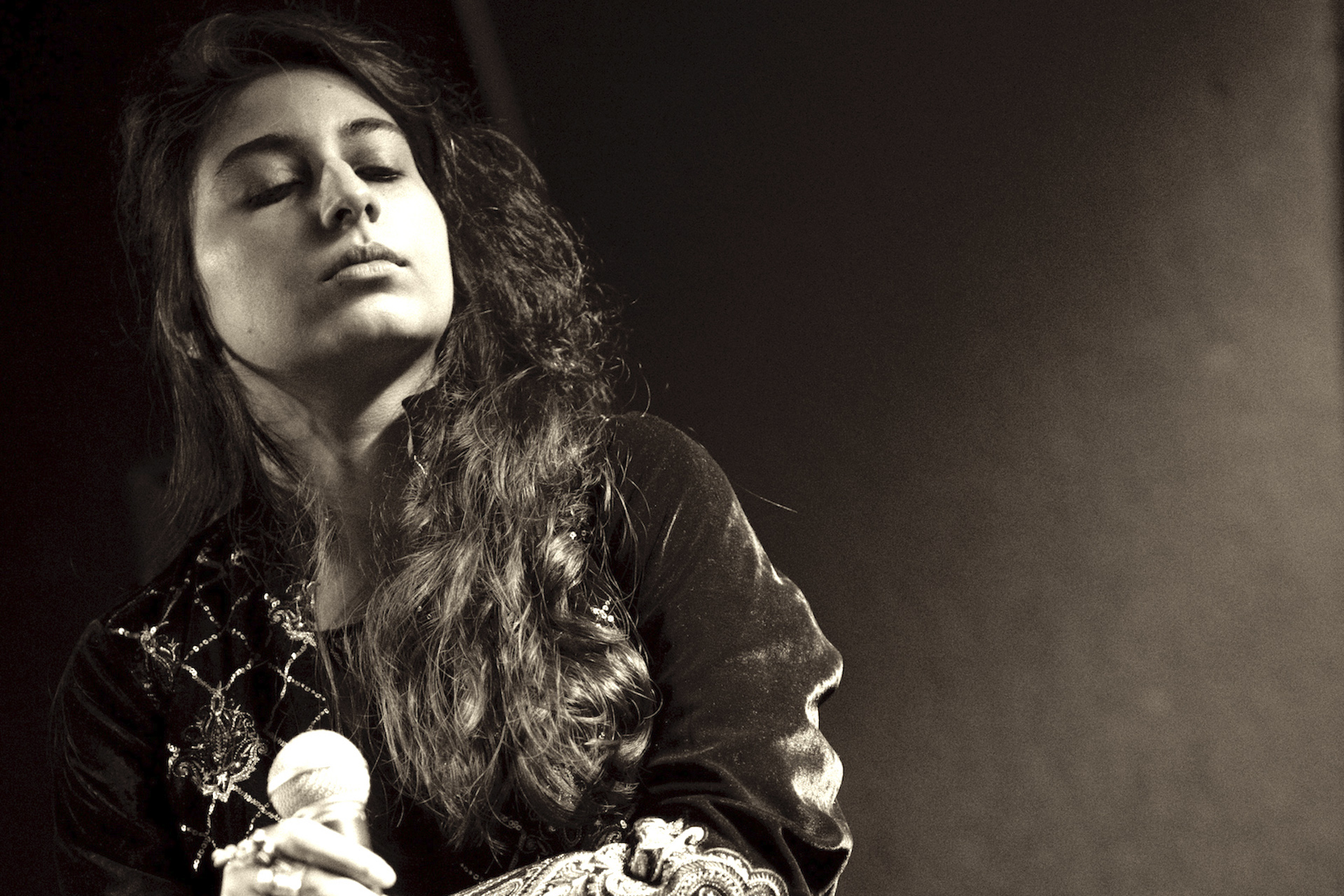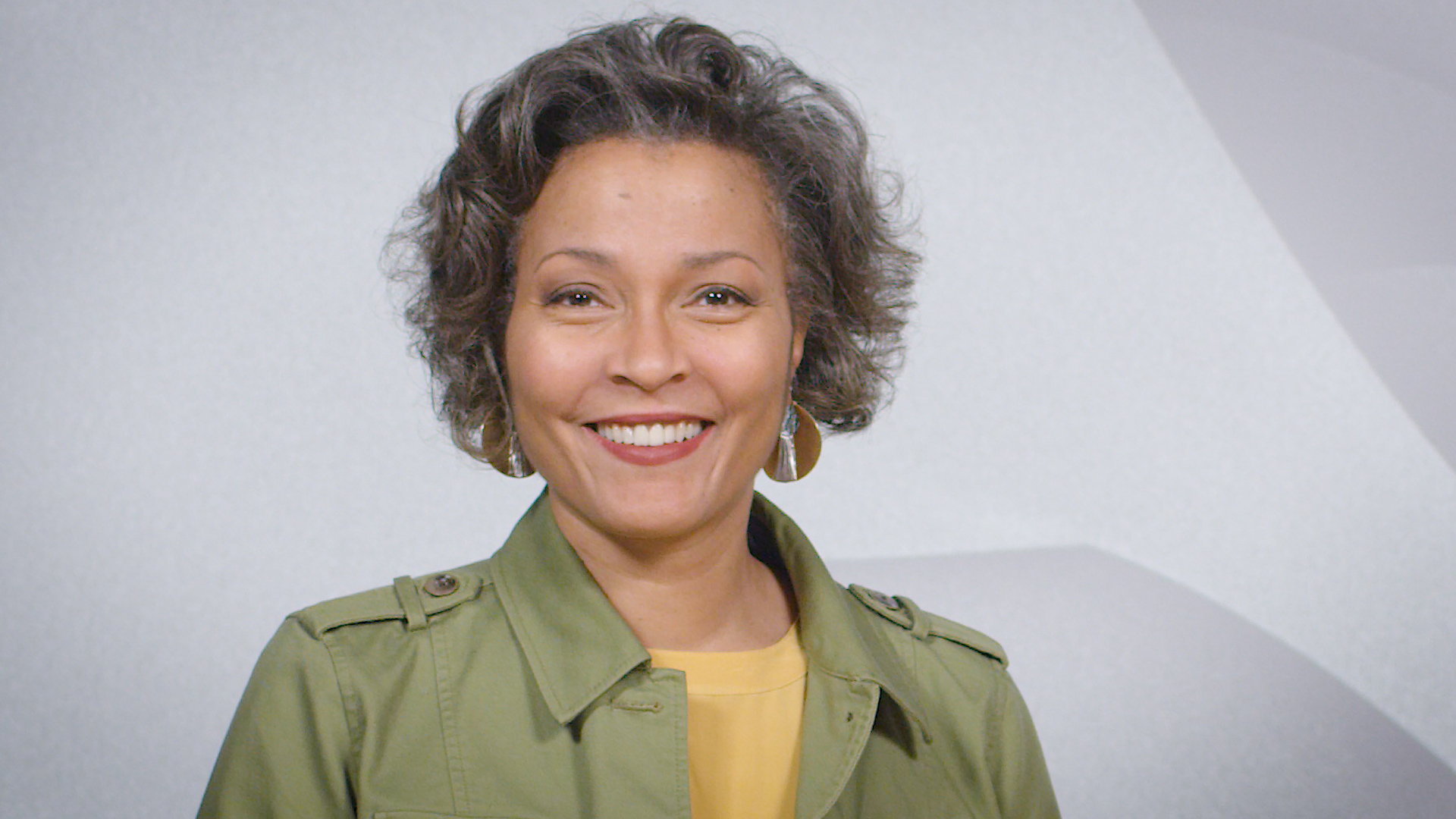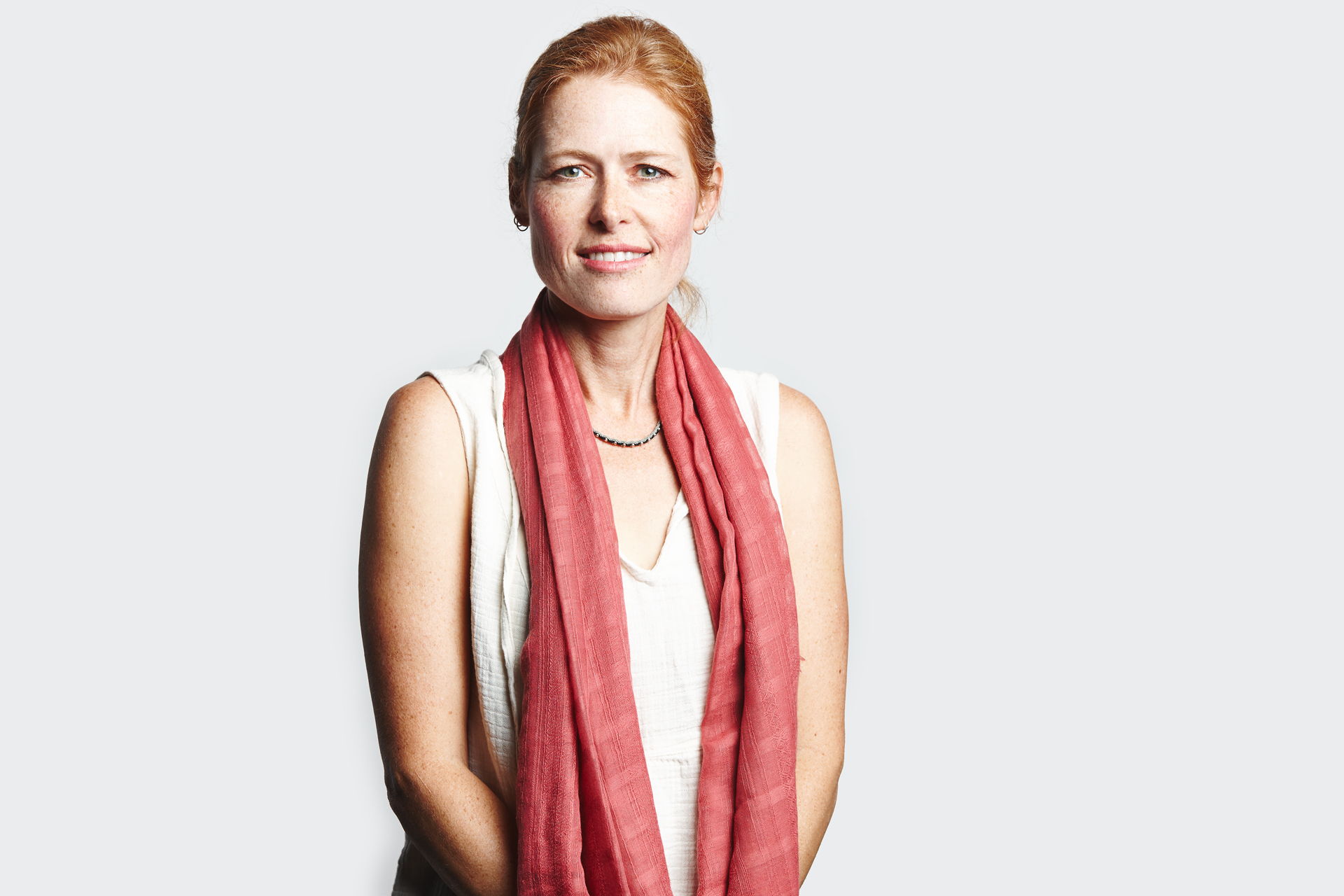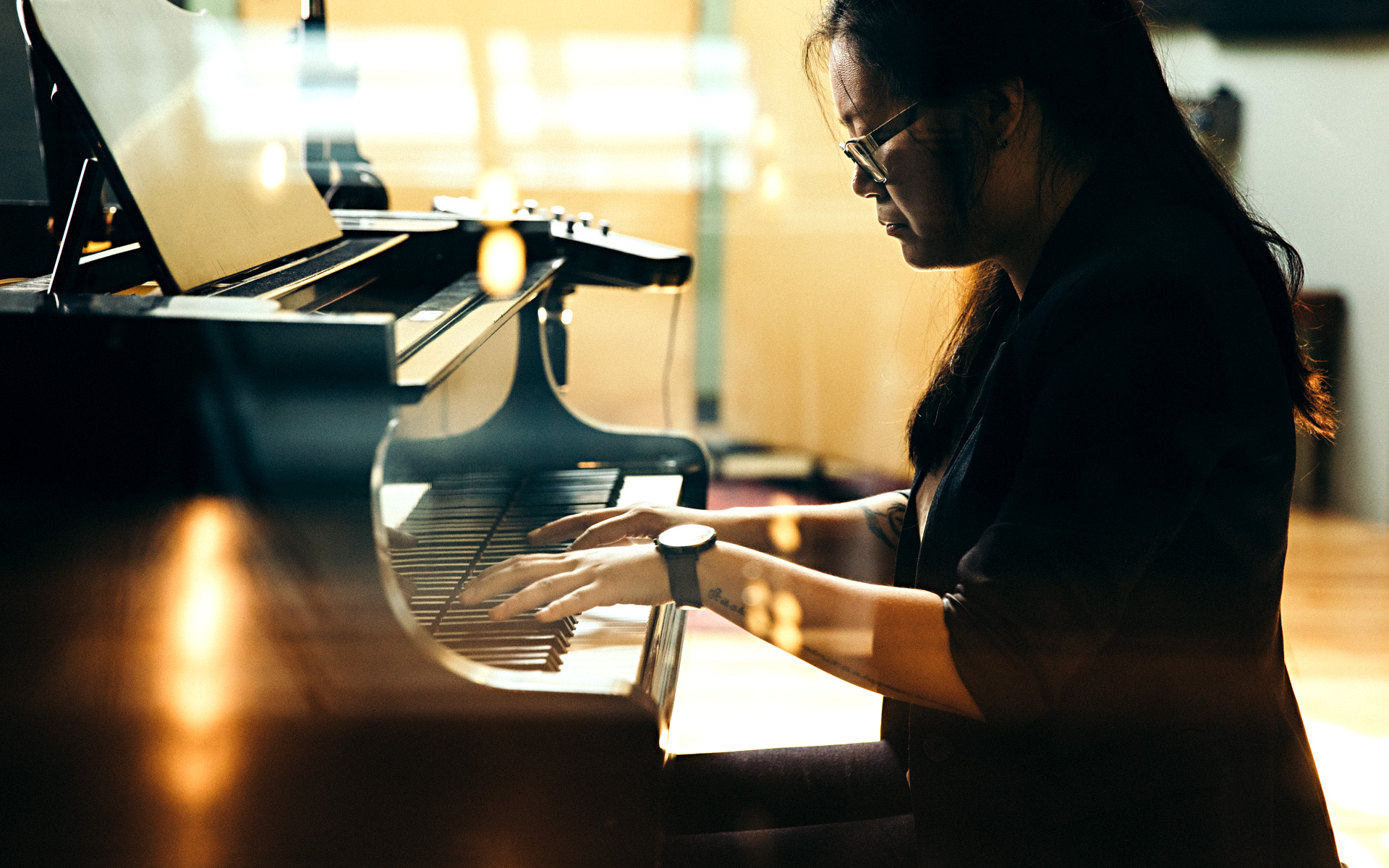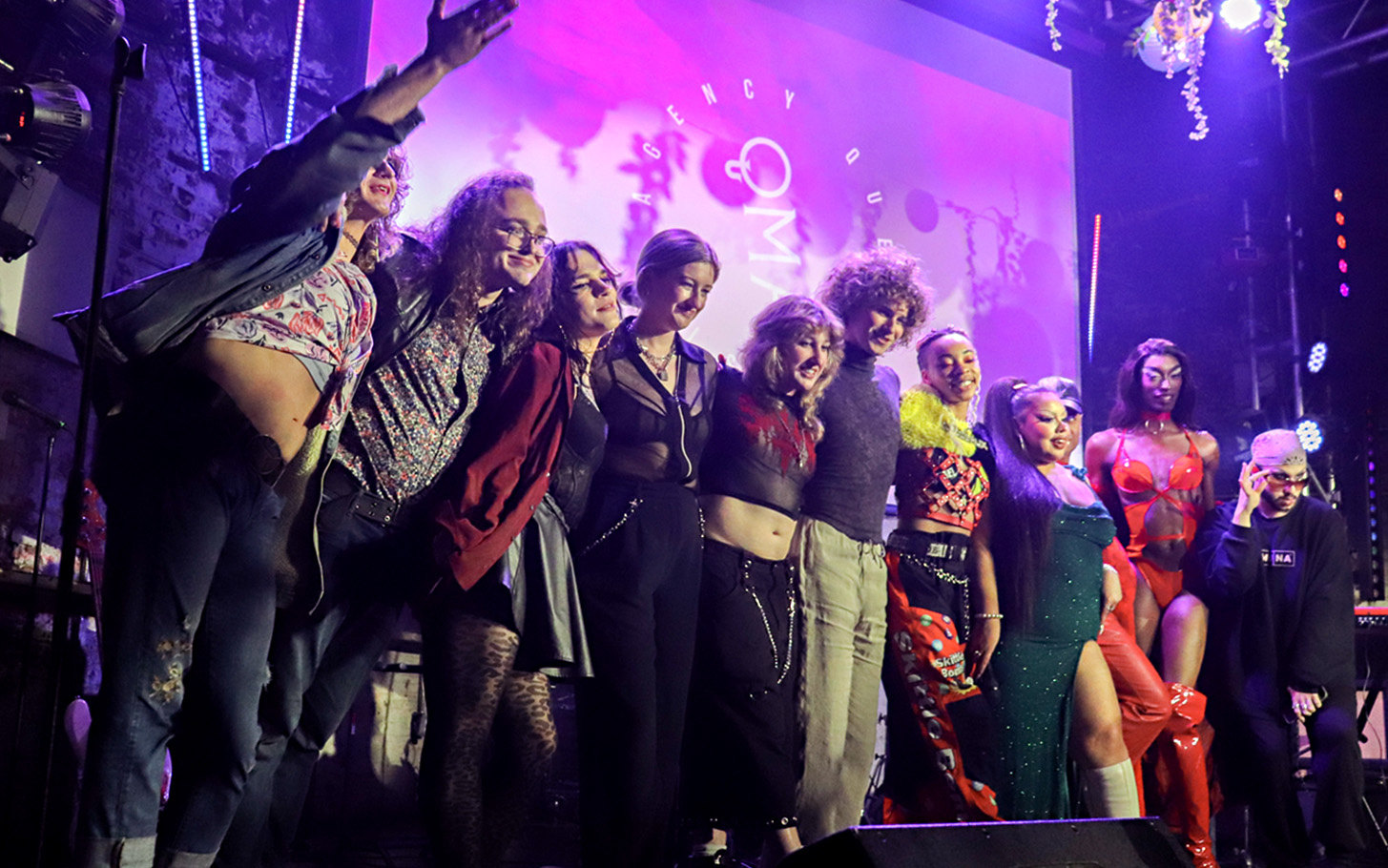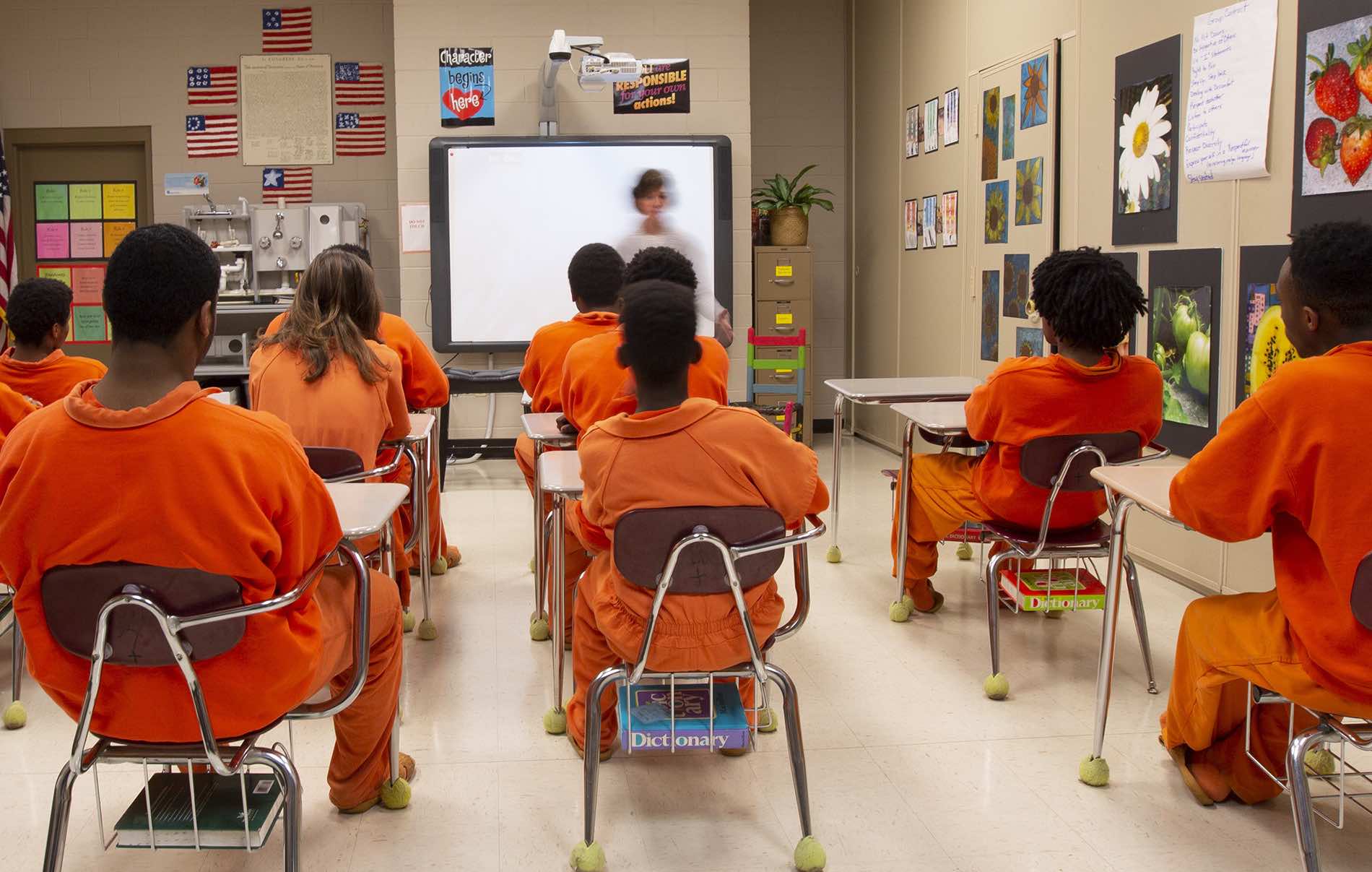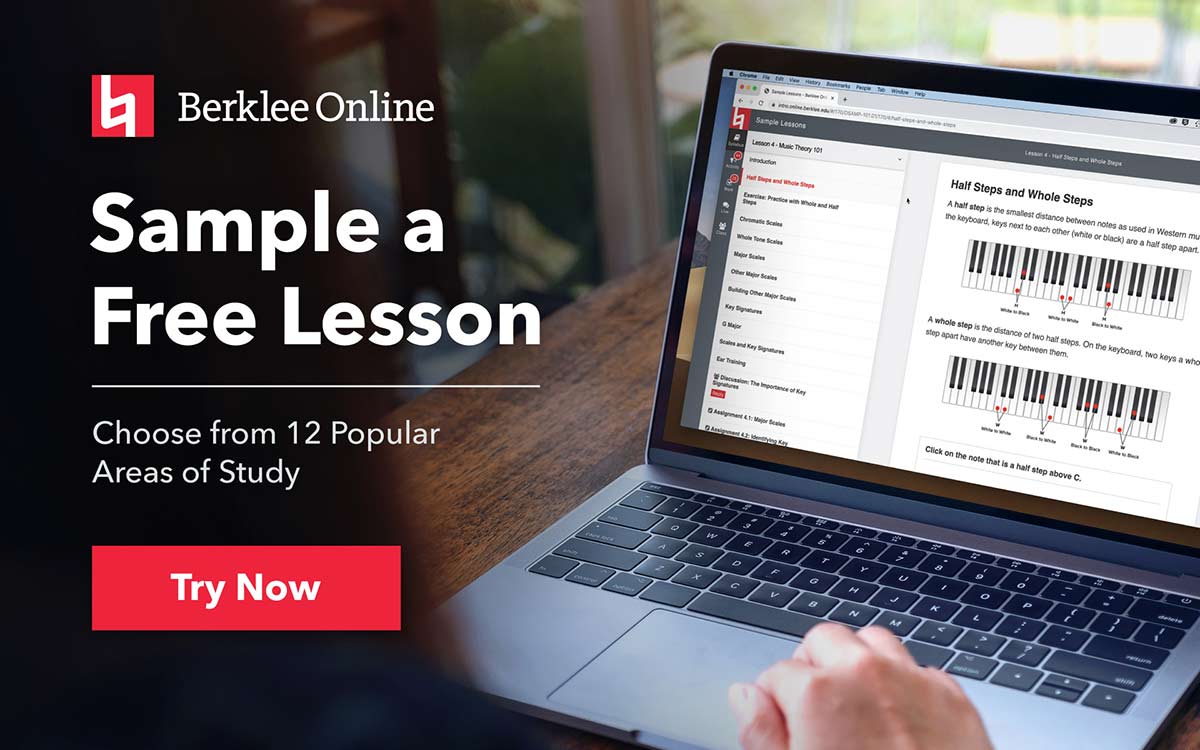Krystal Prime Banfield grew up in Detroit in the golden age of Motown, but she says there was a distinct difference between “school” music and “outside of school” music.
“I had young parents who lived through the US civil rights movement and their music was very uplifting and inspiring,” she says, “but this cultural phenomenon was not a part of my educational experience.”
Dr. Banfield is the vice president of education outreach and social entrepreneurship at Berklee College of Music, and one of Berklee Online’s newest course authors, with her massive open online course, Teaching Popular Music in the Classroom. Dr. Banfield doesn’t just want to teach popular music, she wants to inspire others to teach it as well.
She says that by choosing to leave out contemporary music from music education, teachers are disregarding the experiences of their students.
“If you don’t validate or recognize a person’s history, then you are treating them as if they are not as relevant,” she says.
As the overseer of Berklee’s City Music program, Dr. Banfield is immersed in current musical expression of all varieties. The program focuses on creative youth development in contemporary music, dance, musical theater, entrepreneurship, and music production. Through City Music, she has also helped create a large network of contemporary music partnerships across the globe, which—like the teaching of popular music—is designed to keep kids engaged with what they’re learning, and to help them feel supported.
“We found that the schools that partner with the programs in a way where they come up with smart goals and expectations, they develop a concentric circle for the child that allows them to flourish,” she says.
What is the circle Dr. Banfield is talking about?
“It’s like having a support system where the school can’t always do everything, the parent can’t always do everything, but together they can speak to how they can support the child,” she says. “If you can’t find the time, find the partnerships.”
As you progress through the Teaching Popular Music course, Dr. Banfield and her colleague David Alexis discuss how you, as an educator, can start to build a contemporary music ensemble in your classroom and impart the fundamentals to students through newer music. Each lesson challenges you to rethink preconceived ideas about contemporary music and instead focus on how this type of music is shaping the lives of you and your students.
“There are so many opportunities to enliven music education and I hope that the teachers are inspired by the conversations that David and I are having,” she says. “What’s important is that you know your students, the classroom makeup, and allow the students the opportunity to be expressive in the music they make.”
Below are some of Dr. Banfield’s pointers on how to start using contemporary music in the classroom:
Self-Assessment
Start with a self-assessment about how music has affected your own life. What music has made the most impact on you? What artists do you like to listen to? What music did you identify with at different stages of your life?
Family and Cultural influence
As you go through an in-depth self-assessment of your musical tastes, try to understand your family and culture influences on your choices. Did your family members influence your musical choices in some way? Is there music of cultural significance to you and your family? What was happening in the world that inspired your favorite artists?
Take This Perspective into the Classroom
Once you have done an in-depth self-assessment on your musical tastes (why you like certain things, what inspired your favorite artists, etc.) it is time to share these ideas with your students. By doing this, you will be able to find a common ground between your music interests and theirs which will help you identify your students’ motivations and reasons for liking certain music.




